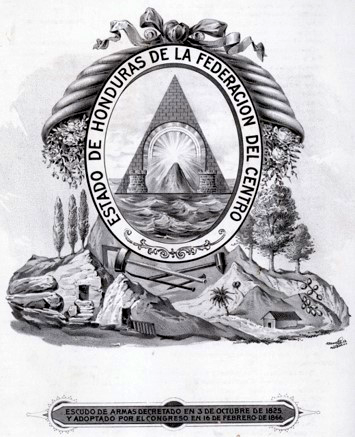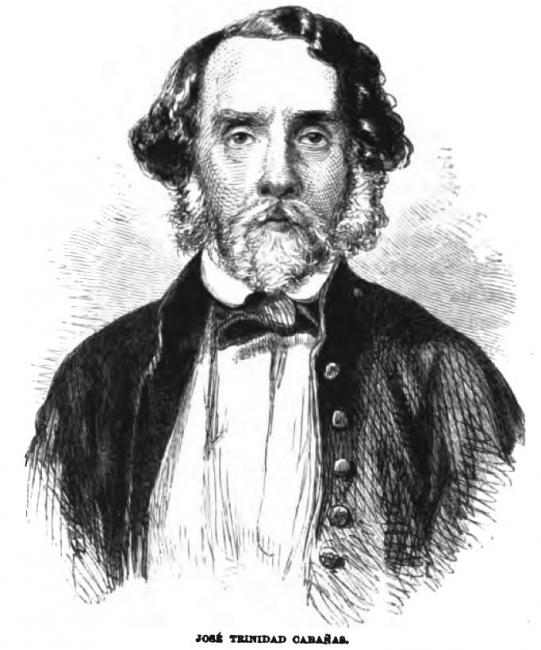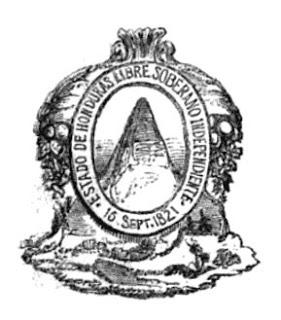INTRODUCTION
In the political, economic, social and cultural history of Honduras in the 19th century, three successive phases can be distinguished. The first corresponds to the three decades from 1821 to 1850 approximately, and is led by the generation that lived the independence process and the dream of making Central America a great nation.
In the second phase, which would start in 1850 with the treaties signed by powers such as the United States and England until more or less 1876, the main characters belong to a generation that, in most of its components, did not know the struggles for independence, and it is a phase that also has a double character. On the one hand, it means the consolidation of a regime with a classic caudillista character and the leading role of the Catholic Church made up of groups with conservative ideas but also groups with liberal ideas in the sense of promoting and strengthening higher public education, such as the figure of Jose Trinidad Reyes and his friends.







